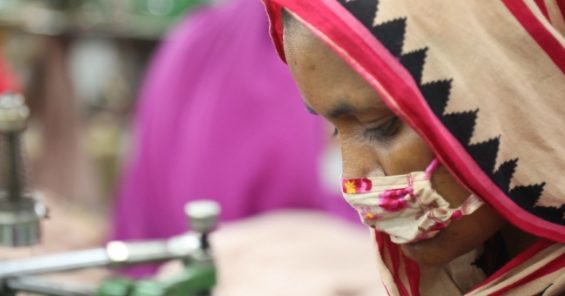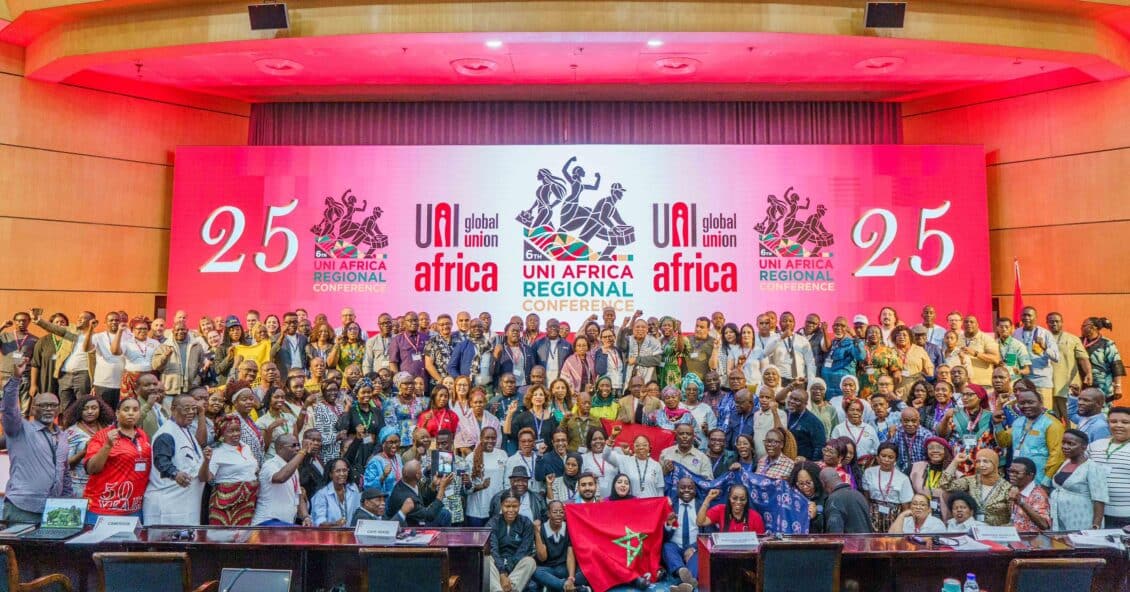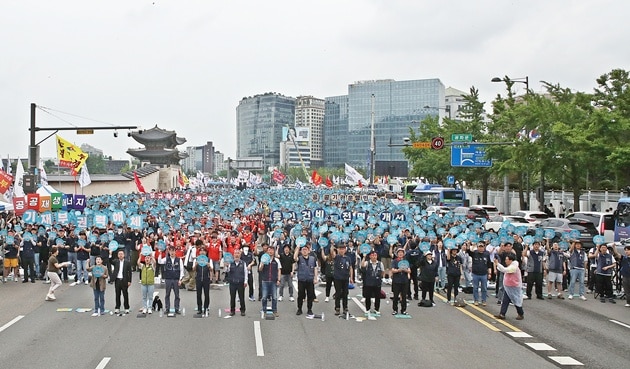A garment worker has been killed and another 50 injured after Bangladeshi police fired rubber bullets and tear gas at around 5,000 workers on the outskirts of the capital, Dhaka, on Tuesday 8 January. The workers were calling for wages that would better allow them to provide for themselves and their families.
The following day, police used water cannon to break up a crowd of some 10,000 striking garment workers blocking a major road in Savar, outside Dhaka.
A reported 50,000 garment workers, many making clothes for international retailers such as Zara, H&M, Tesco and Walmart, have walked out of their factories demanding a reasonable pay rise.
“These workers should be met with a seat at the negotiating table, not rubber bullets and tear gas,” said Mathias Bolton, Head of UNI Commerce. “The use of violence against workers for demanding the pay they deserve is disturbing and shameful.”
Garment workers are angry that not everyone is benefiting from a recent 51 per cent government increase of the monthly minimum wage to 8,000 Taka (US$94), particularly senior workers. Furthermore, the protestors say the pay increase is too low, not even meeting the costs of rising prices in recent years.
The unrest originated in Naraynaganj on 9 December soon after the new minimum wage took effect, and sporadic clashes between garment workers and police have taken place ever since across the Dhaka District.
“Garment workers’ anger over wage disparities highlights the urgent need for industry bargaining to enable unions to negotiate fair wage outcomes for all workers,” said IndustriALL Global Union’s assistant general secretary, Jenny Holdcroft.
Bangladesh is the biggest producer of garments in the world after China, with apparel exports totaling more than US$30 billion last financial year.


